Texas Clearing - Your Yard Grading and Leveling Services Partner
In the dynamic landscape of Texas, yard grading and leveling are essential services for homeowners and property managers. At Texas Clearing, we specialize in transforming uneven terrain into a stable surface, ensuring proper drainage and preventing potential damages to your property. Whether it’s for a new landscaping project or to correct existing issues, our experienced team is equipped to handle all your yard grading needs with precision and care.
You should read this article because it will guide you through the essentials of yard grading and leveling, offering practical advice and solutions for maintaining a healthy, functional outdoor space.
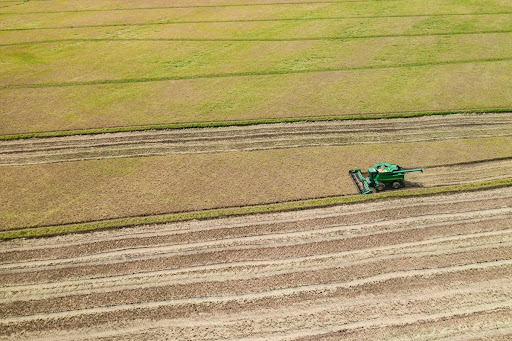
We’ll answer the following questions:
- What is yard grading and why is it important?
- How does yard leveling contribute to a better outdoor space?
- What are the necessary preparations for yard grading and leveling?
- How do you calculate the area needed to be leveled?
- What are the strategies for leveling an uneven yard?
- What tools are essential for yard grading projects?
- How do you maintain a leveled yard effectively?
- How do yard grading and leveling fit into your land improvement plan?
What Is Yard Grading?
Yard grading is the process of creating a level or gently sloped ground surface to ensure proper drainage and a stable base for landscaping. It involves altering the landscape to direct water away from your home and prevent soil erosion. Proper grading is crucial for maintaining the structural integrity of your property and preventing water pooling, which can lead to foundation issues and damage to your landscaping.
Definition of Yard Leveling
Yard leveling, a key component of yard grading, involves creating a flat or gently sloped surface across your property. This is particularly important in areas where uneven ground can lead to water runoff problems or make it difficult to use the land effectively.
Why Is It Necessary?
Proper yard grading and leveling are necessary for several reasons. They prevent water damage to your home by ensuring that water drains away from your foundation walls. They also create a more usable outdoor space, whether it’s for gardening, recreation, or relaxation. Additionally, proper grading helps maintain the health of your lawn and garden by preventing soil compaction and ensuring that water and nutrients are distributed evenly.
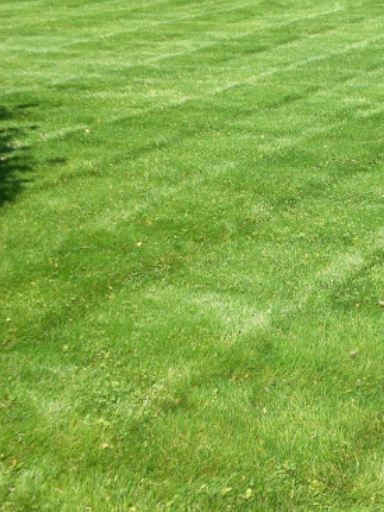
Preparing for Yard Grading and Leveling
When you’re gearing up for a yard grading and leveling project, understanding the lay of the land is crucial. First, assess the land size and the degree of unevenness. Whether you’re dealing with a ½ acre or a larger expanse, the initial step involves a land survey or a topographic survey to pinpoint grading issues and determine the slope steepness. This survey helps in creating accurate grading plans, ensuring that the ground level is suitable for your intended use, be it a lush green lawn or an above-ground pool.
Next, consider the type of soil on your property. Different soils, from loamy soil to clay soil, react differently to grading. Knowing your soil type aids in deciding the amount of topsoil needed and the type of equipment required. For instance, heavier equipment might be necessary for compact soils. Also, factor in the cost of topsoil and additional dirt if your project requires it. Remember, a well-prepared plan prevents future settling and water issues, safeguarding your investment in the long run.
Lastly, think about water drainage. Improper water drainage can lead to foundation issues or create a breeding ground for mosquitoes. Plan for adequate slope away from your home to ensure water flows towards the nearest drainage or into a designed rain garden. This step is vital in protecting your home’s foundation and maintaining a healthy landscape.
Calculating the Area Needed to be Leveled
Calculating the area for grading involves understanding the current grade and the desired level grade. This might require a land survey or topographic survey to get accurate measurements. Knowing the square footage or cubic yards of the area helps in estimating the amount of soil needed and the scope of the project.
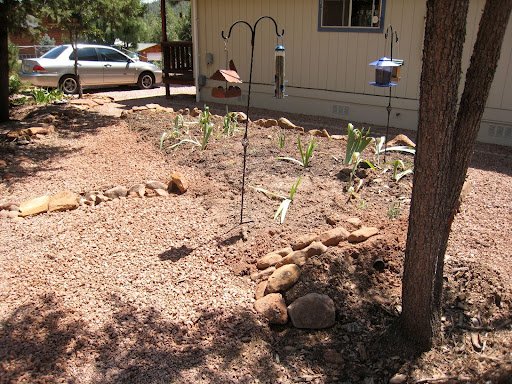
Locating Utility Lines and Other Potential Obstacles
Before any grading begins, it’s essential to locate all underground utility lines to prevent any potential damages. This might involve contacting utility companies or using specialized equipment to detect water pipes, electrical lines, or other underground installations. Additionally, considering any existing landscape features, like trees or garden beds, is important to avoid unnecessary disruption.
Choosing the Right Materials for Grading
Selecting the right materials, such as the type of soil or fill needed, is critical. The choice depends on the soil type, the extent of grading required, and the intended use of the land post-grading.
Types of Yard Grading Projects
Yard grading projects vary widely, from simple lawn leveling to more complex landscaping projects. For residential projects, lawn grading often involves adding or removing a few inches of topsoil to create a level lawn. This is essential for healthy turf grass, as uneven terrain can lead to poor grass growth and water pooling. In more severe cases, like when dealing with a sloped yard, the project might require creating a level grade with a minimum slope, ensuring proper yard drainage and preventing water issues.
For larger or more complex projects, such as building a concrete patio or installing a swimming pool, the grading job becomes more intricate. These projects might require changing the entire backyard landscape, involving significant dirt removal cost and landscaping costs. The average cost of such projects can vary greatly depending on terrain complexity, yard size, and the amount of soil that needs to be moved or added.
In all cases, it’s important to consider the long-term benefits of proper grading. A well-executed grading project not only enhances the aesthetic appeal of your yard but also prevents potential damages like structural damage from heavy rains or water pooling near wooden floor joists. Always consult with professional contractors to ensure that your grading project meets local building permits and grading scope requirements.
Steep Slopes
Grading steep slopes involves creating a more gradual incline to prevent soil runoff and erosion. This might require heavy equipment and specialized techniques to ensure stability and proper drainage.
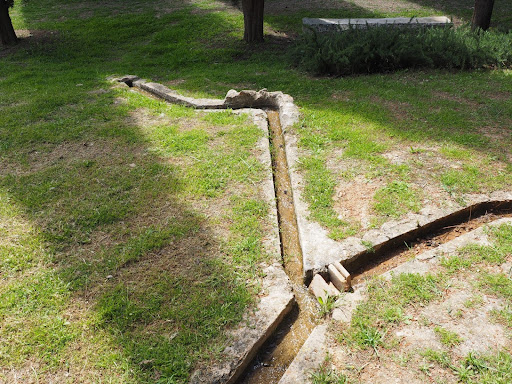
Poor Drainage Issues
For yards with poor drainage, grading can help redirect excess water away from the property and prevent water pooling. This might involve creating a downward slope away from the house or installing drainage solutions like French drains.
Landscaping Projects Requiring Level Ground
Many landscaping projects, such as installing a swimming pool or creating a green lawn, require level ground. Grading ensures that these projects have a solid and even base to start from.
Strategies for Leveling an Uneven Yard
Leveling an uneven yard requires a strategic approach, especially when dealing with moderate to severe unevenness. The first strategy involves assessing the yard size and determining the amount of extra soil or topsoil mixture needed. For minor adjustments, a few inches of topsoil might suffice, but for more significant unevenness, additional soil layers may be necessary. It’s crucial to choose the right type of dirt or soil mix, as this affects the grass roots and overall health of your lawn.
Another key strategy is to use the correct tools for the job. Basic yard leveling tools like a lawn roller or a leveling rake are essential for small to moderate projects. For larger projects, mechanical equipment like plate compactors might be needed. Remember, the goal is to create a stable surface that promotes healthy grass growth and prevents water pooling.
Lastly, consider the long-term maintenance of your leveled yard. Regular lawn care, including application of lawn topdressing and annual lawn care packages, can significantly improve the soil structure and health of your lawn. Also, be mindful of potential issues like thatch buildup; a thatch rake can be useful in maintaining the ideal inch of thatch for optimal grass health. Consistent care ensures your yard remains level and lush, enhancing the overall beauty and functionality of your outdoor space.
Using Heavy Equipment to Make Adjustments to Steep Slopes
For significant adjustments to steep slopes, heavy equipment like skid steer loaders or excavators may be used. These machines can efficiently move large amounts of soil, creating a more gradual slope and stable surface.
Adding Soil Mixtures to Even Out Ground Cover and Fill in Depressions
Soil mixtures, such as loamy soil or a topsoil mix, can be added to even out ground cover and fill in depressions, creating a level surface.
Installing French Drains to Direct Water Away from Problem Areas
French drains are an effective solution for redirecting water away from problem areas, ensuring proper water drainage and preventing soil erosion.
Incorporating Organic Matter to Aid in Erosion Control
Adding organic matter, like compost or mulch, can help in controlling erosion, especially in areas with loose soil.
Tools Used in Yard Grading Projects
The tools used in yard grading projects vary based on the project size and complexity. For basic yard leveling, tools like a lawn leveler, garden rake, and lawn roller are essential. A lawn leveler, especially one with a steel handle, is great for spreading soil evenly across the lawn. A garden rake helps in breaking up clumps of soil and smoothing out the surface, while a lawn roller ensures a firm and level ground.
For more extensive grading jobs, heavier equipment is often required. Plate compactors and mechanical equipment like skid-steer loaders are used to move larger amounts of soil and create a more precise level grade. These tools are crucial in ensuring a stable surface, especially in projects involving landscape design or the installation of features like a swimming pool or concrete patio.
Additionally, for precise leveling, tools like a laser level or a tight string can be invaluable. They help in maintaining an accurate level grading line, which is essential for ensuring proper drainage patterns and avoiding water pooling. Remember, using the right tools not only makes the job easier but also ensures a more professional and lasting result.

String Level and Measuring Tape
A string level and measuring tape are essential for determining the current grade and planning the leveling process.
Shovels, Rakes, and Other Hand Tools
Shovels, rakes, and other hand tools are used for smaller grading tasks, allowing for precision and control in tight spaces.
Wheelbarrows, Tampers, and Other Heavy Equipment
For larger projects, wheelbarrows, tampers, and larger equipment like skid steers are necessary to move and compact soil effectively.
Maintenance Tips for a Leveled Yard
Maintaining a leveled yard is key to preserving its beauty and functionality. First, focus on proper drainage. Ensure that the yard slope continues to direct water away from the house and into appropriate drainage areas. This might involve periodic checks and adjustments to the slope gradient, especially after heavy rainfall or in cases of future settling.
Regular lawn care is also vital. This includes mowing with a lawn mower at the correct height to promote healthy grass roots, using a garden hose or irrigation system to provide ample water, and applying additional lawn nutrition as needed. For yards with a mix of sand and loamy soil, maintaining the right soil moisture balance is crucial to prevent dry weather damage or excess water during heavy rains.
Lastly, keep an eye on the overall health of your lawn. Watch for signs of unevenness, such as shallow or deep depressions, which might indicate settling or soil compaction. Use a lawn leveler or soil mixture to correct these issues as they arise. Regularly check for and remove excess thatch to ensure healthy grass growth and prevent issues like dead grass or a breeding ground for mosquitoes. With consistent care, your leveled yard will remain a beautiful and functional space for years to come.
Regularly Raking the Lawn with a Bow or Thatch Rake
Regular raking with a bow or thatch rake helps maintain an even surface and prevents soil compaction.
Deep Watering During Extended Periods of Drought
Deep watering during drought helps maintain soil moisture levels, preventing the ground from becoming too hard and compacted.
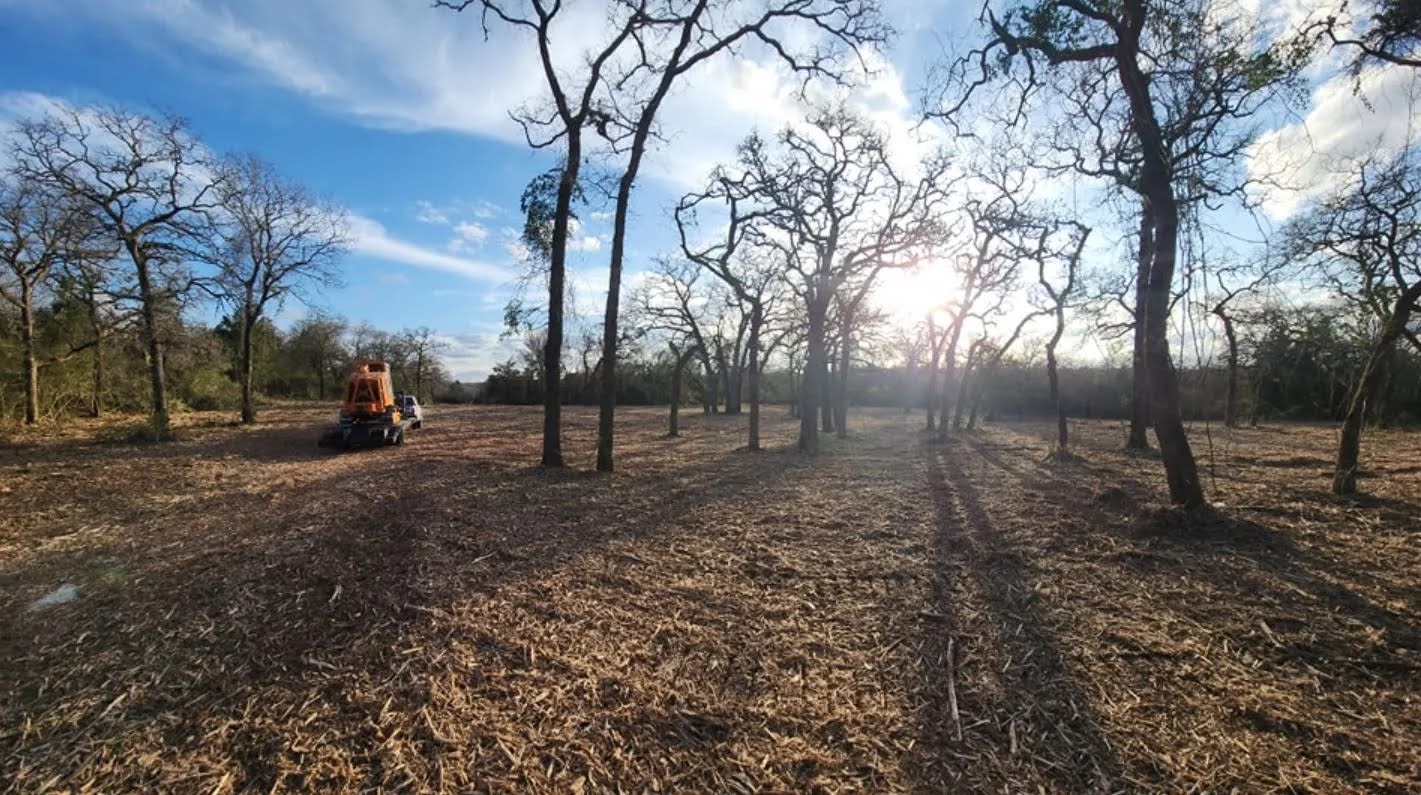
How Yard Grading and Leveling Fit Into Your Land Improvement Plan
Yard grading and leveling are integral parts of any comprehensive land improvement plan. They lay the foundation for a healthy, functional, and aesthetically pleasing landscape. Whether it’s preparing for a new garden, installing a patio, or simply ensuring proper drainage, grading and leveling provide the necessary groundwork for all your landscaping projects.
Get Your Free Quote
Ready to transform your uneven yard into a level, functional space? Contact Texas Clearing for a free quote on our yard grading and leveling services. Our team of experienced professionals is ready to help you achieve the perfect landscape for your property.
FAQ
Grading a yard involves reshaping the land to create a level or gently sloped surface, ensuring proper drainage and a stable base for landscaping projects.
The ideal slope grade for a yard is typically around a 2% incline, which means a drop of about two inches for every 100 feet, ensuring adequate drainage without significant soil erosion.
Grading in drainage refers to the process of shaping the land to direct water away from structures and prevent pooling, thereby ensuring proper water runoff and preventing water damage.
